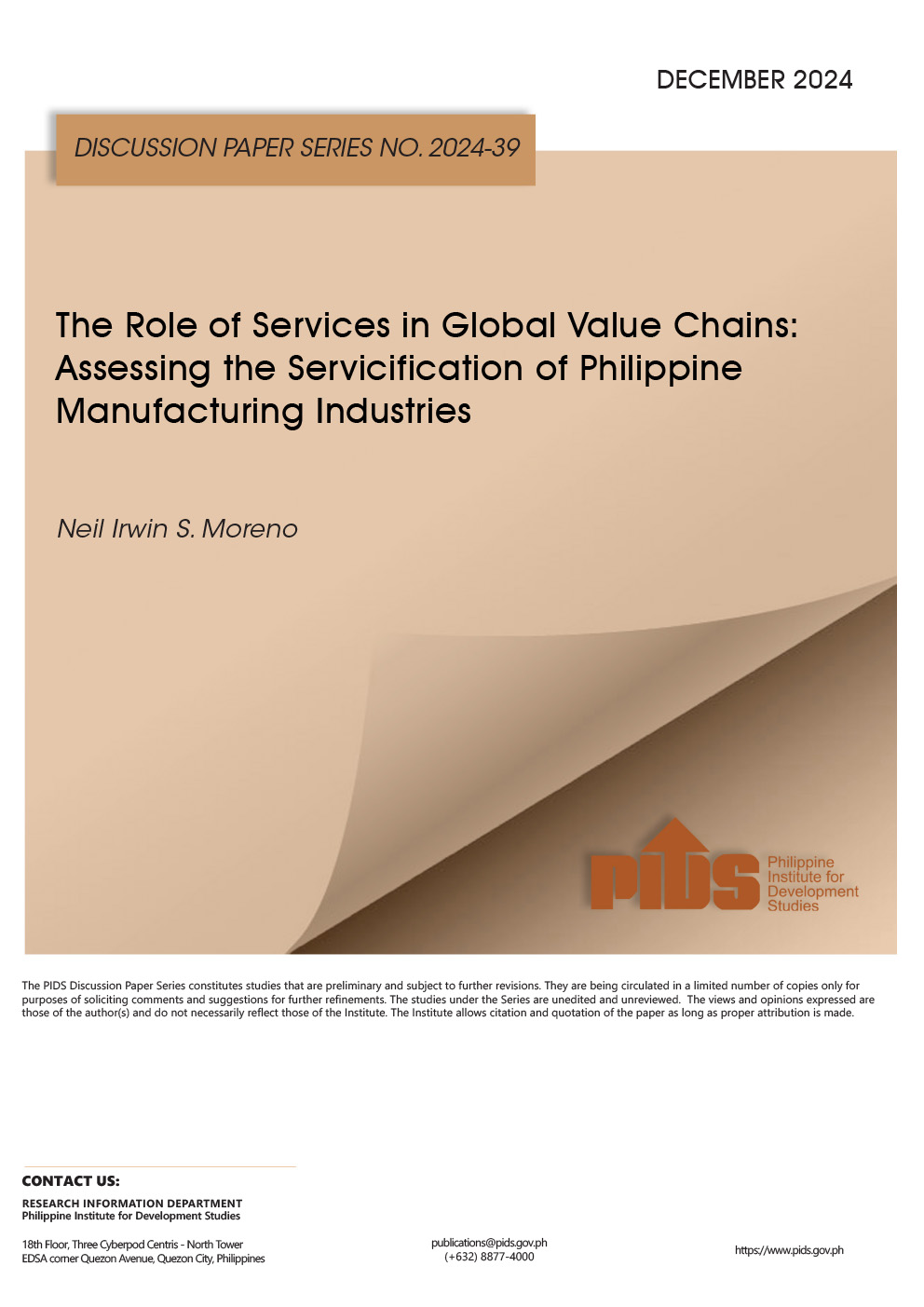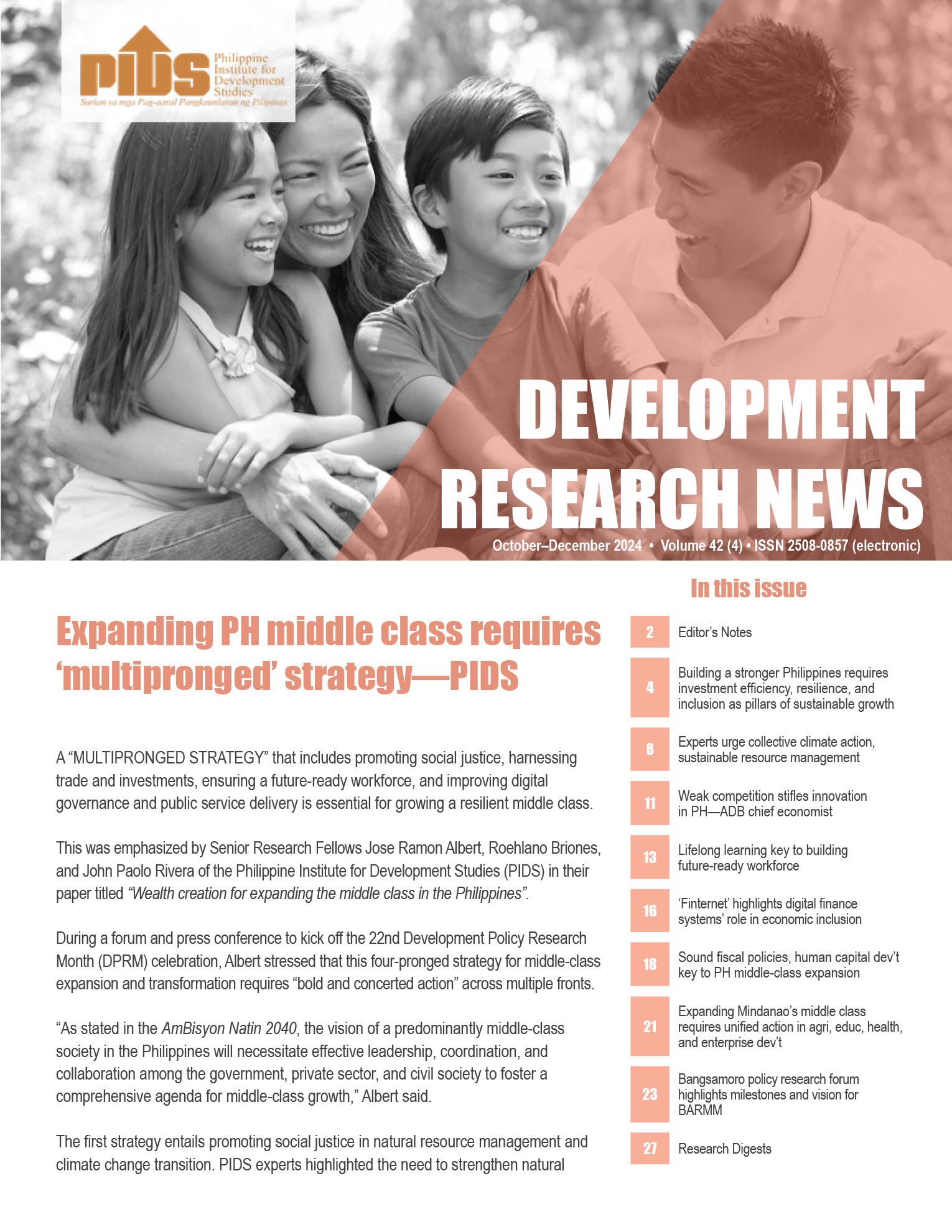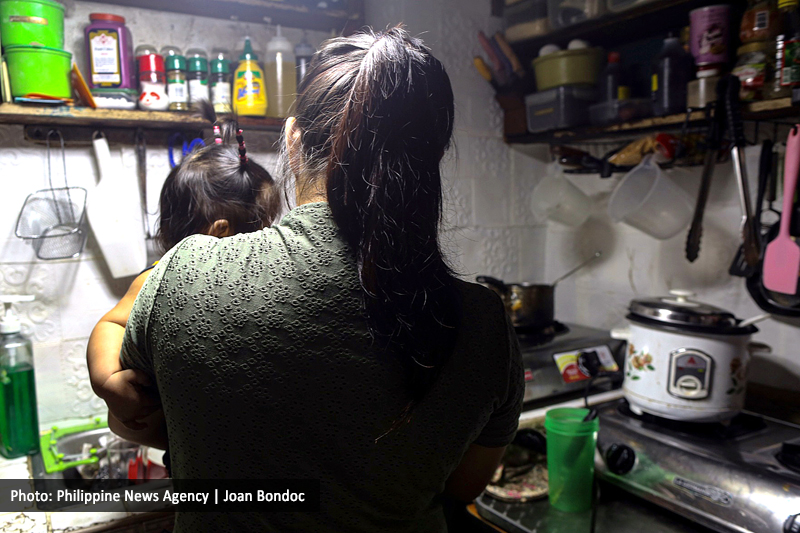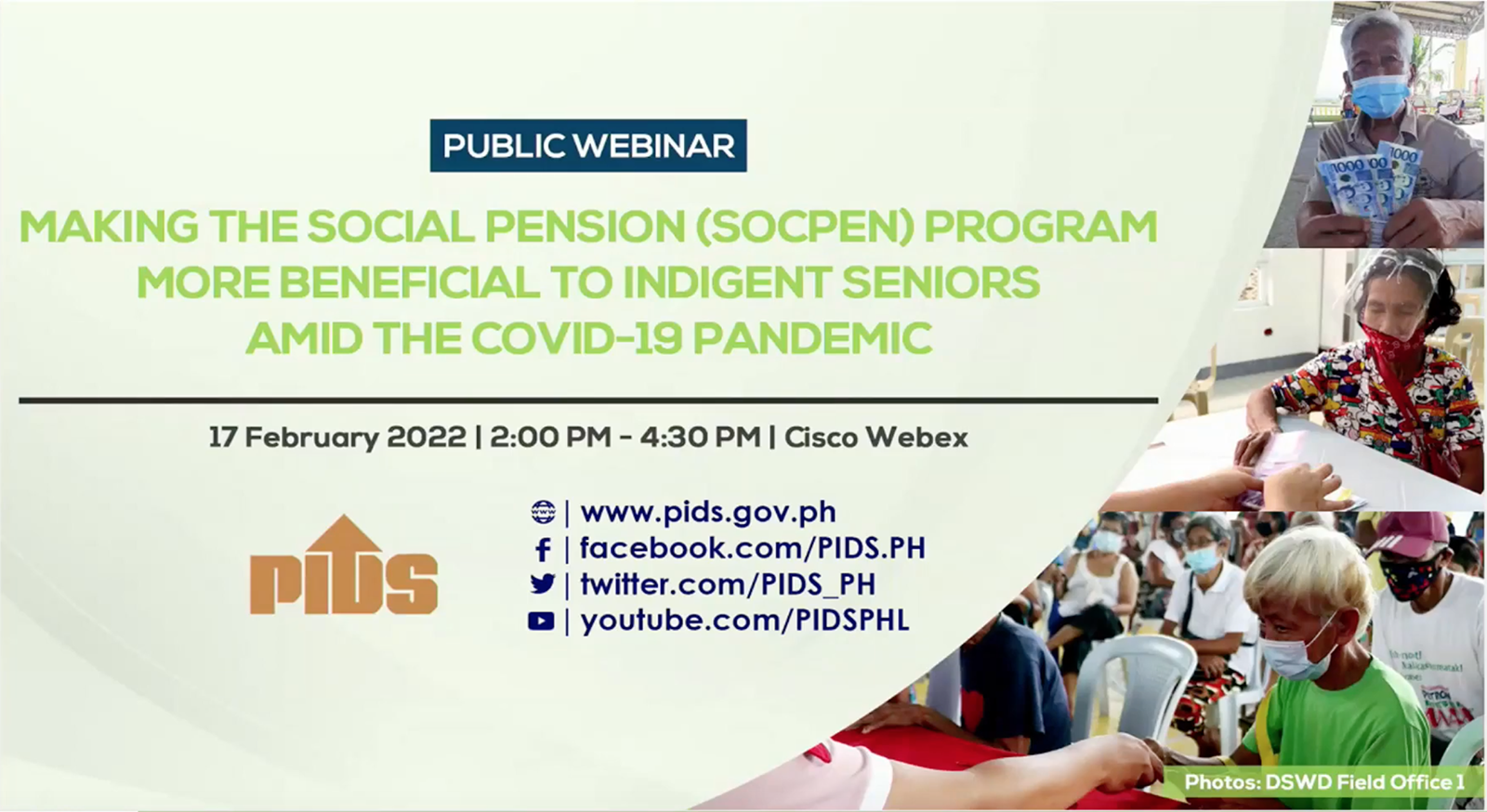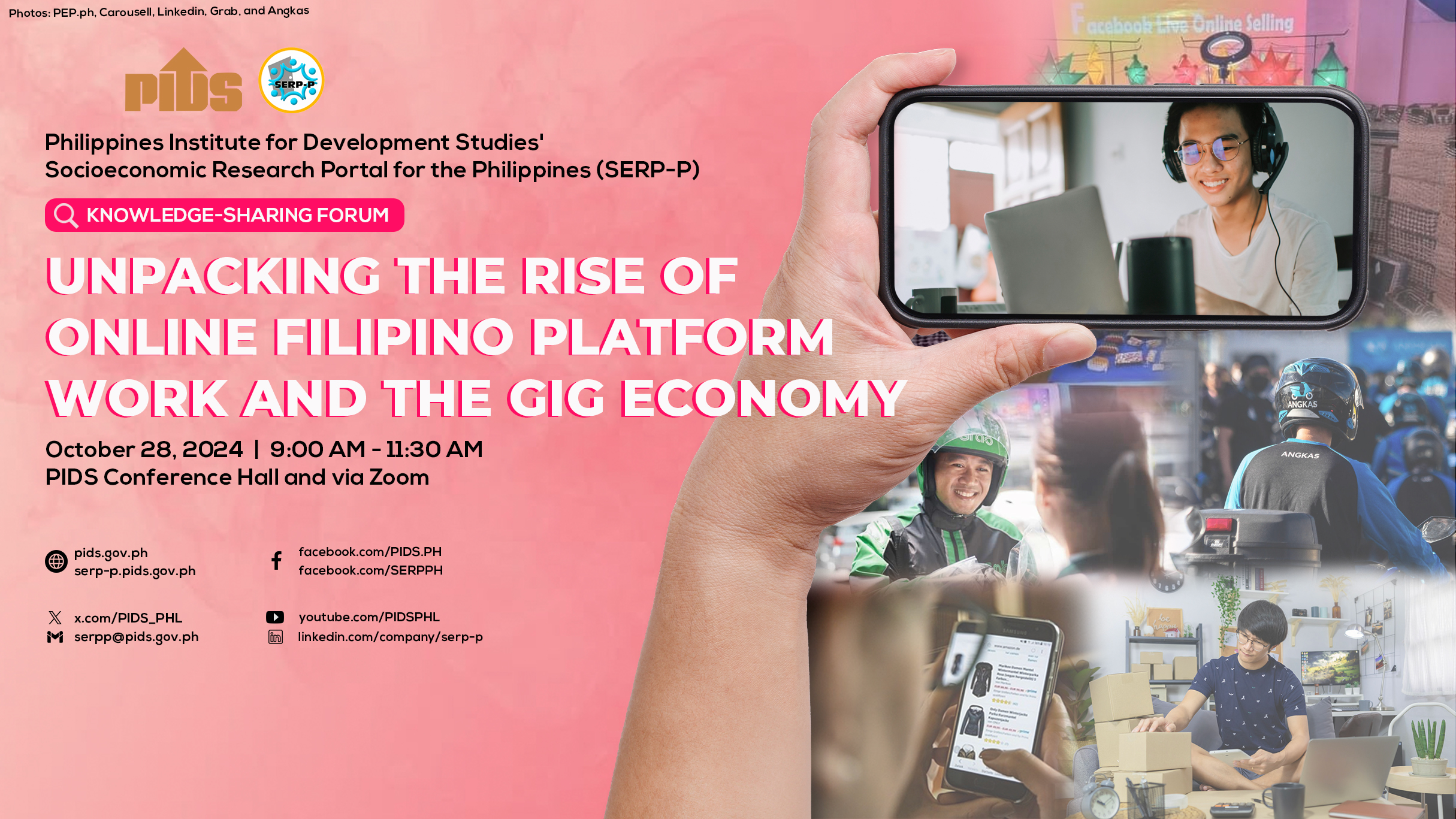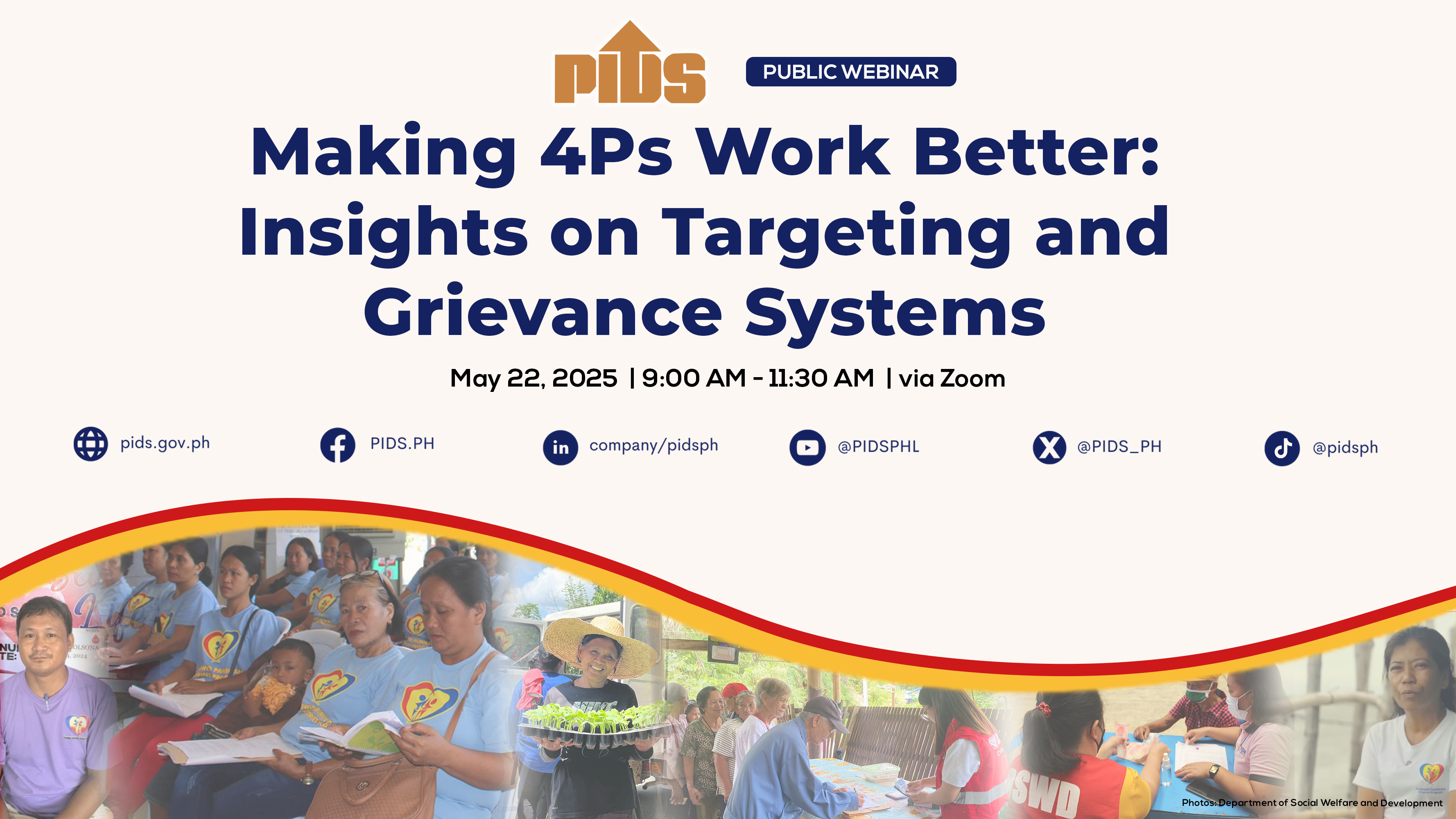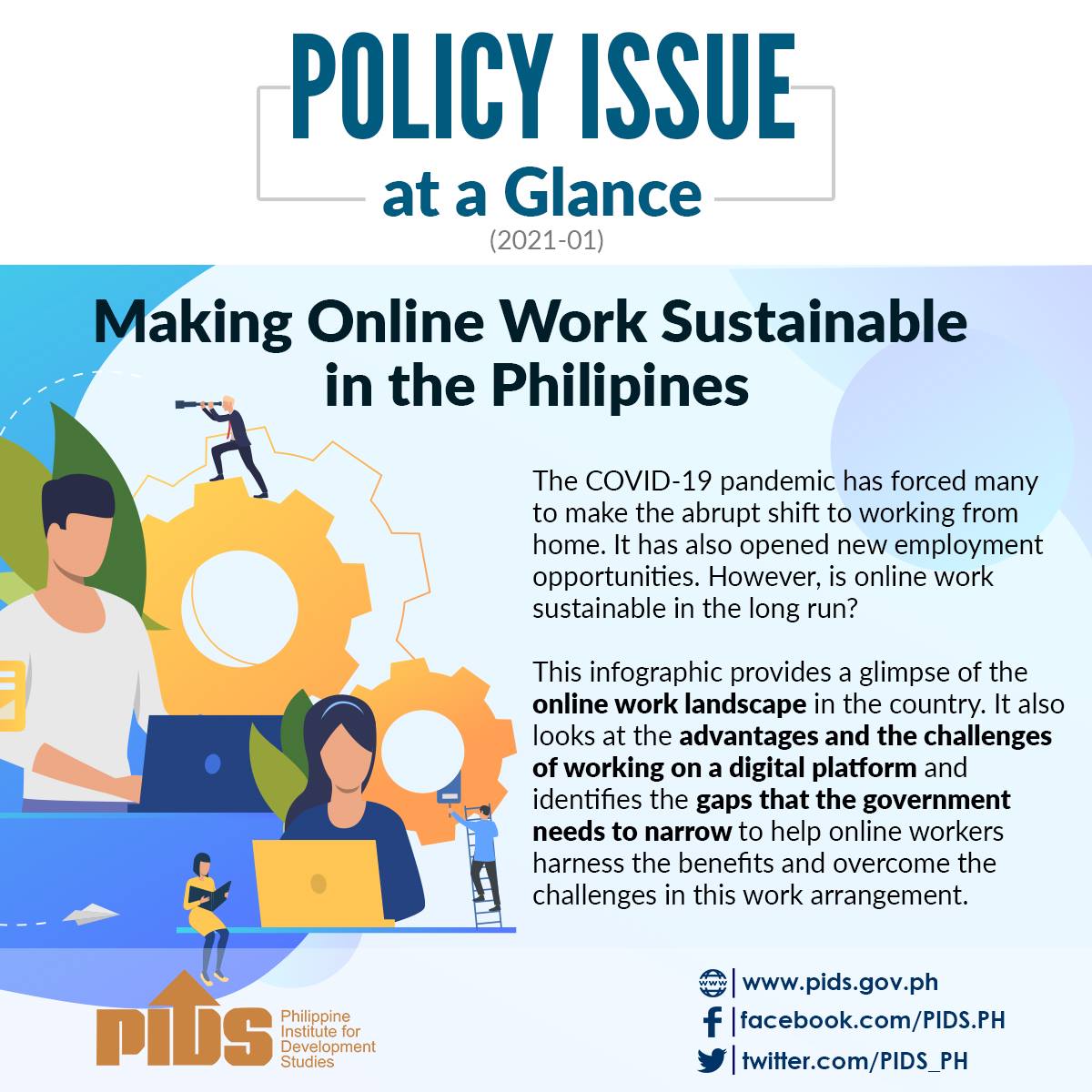In the midst of the different political noises, the Department of Trade and Industry (DTI) successfully convened the Manufacturing Summit on November 28 and 29. Through the efforts of the team of Trade Secretary Ramon M. Lopez, headed by Assistant Secretary Rafaelita M. Aldaba, the successful event brought together policy-makers, industry leaders and manufacturers working together to direct the manufacturing sector as a major engine of sustainable economic growth and job creation.
There were two major highlights of the summit. The first was the inspiring sharing by successful entrepreneurs, including keynotes by Diosdado Banatao and Jaime Zobel de Ayala.
The second was the culmination of consultations between the government (national and regional) and private sector (business and industry associations, manufacturers, value-chain participants and development partners) in identifying the most urgent reforms needed to push manufacturing to its full potential. The top 5 recommendations from each strategic area of concern were voted upon by the participants for action by the pertinent government agencies.
There were seven strategic areas of concerns that were discussed. These were competition and innovative industries; labor and skills; infrastructure; ease of doing business; small and medium enterprises; incentives and government support; and international trade policies.
Together with Dr. Mario Lamberte, former president of the Philippine Institute for Development Studies (PIDS), we served as moderators of the group that discussed incentives and government support.
The group was composed of industry members from garments, semiconductors, mining, agriculture, cement, handicrafts, jewelers, natural food and furniture.
Other participants were from Congress, Philippine Economic Zone Authority (Peza), Board of Investments (BOI), Japan International Cooperation Agency and the American Chamber of Commerce. Let me share my observations on what the different industries and enterprises are asking as forms of incentives to move their businesses.
First, it appears that our incentive regime up to today has been encouraging exporters and foreign investors only. The majority of the participants shared the view that the Philippine domestic market is a large market. There should be no distinction of prioritization. In line with this, there was a proposal to create a domestic economic zone to agglomerate the SMEs.
Second, incentives are supposed to be "icing” and not the main purpose of attracting investments and/or expansions. To the participants, the most critical issue that the government should address is the overall climate of doing business that significantly affect costs. This includes power, training and harmonization of policies, among others. The incentives that the government give will work better if these aspects are addressed first.
Finally, the group also observed that there are a number of government agencies giving incentives. Their incentives are not standardized and are biased for large investments. Thus, the current mechanism does not support SMEs directly.
Indeed, the session showed the need for a critical review of our incentive mechanisms. We know that our manufacturing sector is more productive than agriculture and services.
However, it employs the fewest workers and in terms of ratio to GDP, this has, in fact, remained stagnant for the last 20 years. This, in effect, is its disconnect in making manufacturing a sustainable engine of growth and job creation. In their final recommendations, the group did not ask for more incentives.
They asked the following: a) that the government remove the biases for domestic market focused businesses; b) that the road maps for the different industries should be benchmarked abroad and that they be made multiagency; c) simplification of processes for SMEs in availing themselves of incentives; d) standardization, simplification and coordination between and among investment agencies, such as the Peza, BOI and Bureau of Internal Revenue, in the implementation of incentives; and e) incentives should be time-bound, performance based and highly targeted.
Clearly, manufacturing needs an enabling environment first before it can consider looking at incentives. In a way, the current incentive environment is reflective of the condition that the country is not able to standardize such an enabling environment.
This is why the Peza and other economic zones have been created. While they are not necessarily wrong, they have created the impression that for incentives to operate, they have to be contained in a highly coordinated, simplified administrative enclave and area.
Thus, my view of the above recommendations is for the government to magnify and improve the existing mechanisms that are in place in economic zones. This is not a simple task.
First, the government has to take stock of all the existing investment agencies that it has created. It will require a substantial effort to harmonize all the rules and regimes offered by each agency and including also those at the local government levels.
Second, the government has to develop a critical institutional capacity in understanding needs of industries. This means that their role is beyond planning and regulation, but to a certain extent provide directions at different levels of governance.
The recommendations of a multi-agency road map that is not only for planning, but also monitoring requires an active government partner working closely with industries in sustaining growth and creating jobs. //

